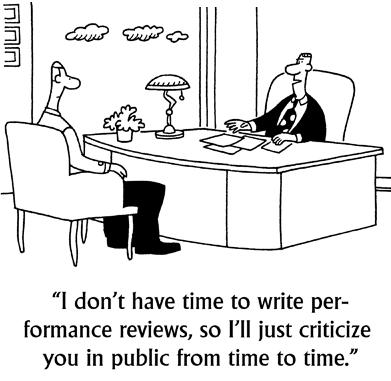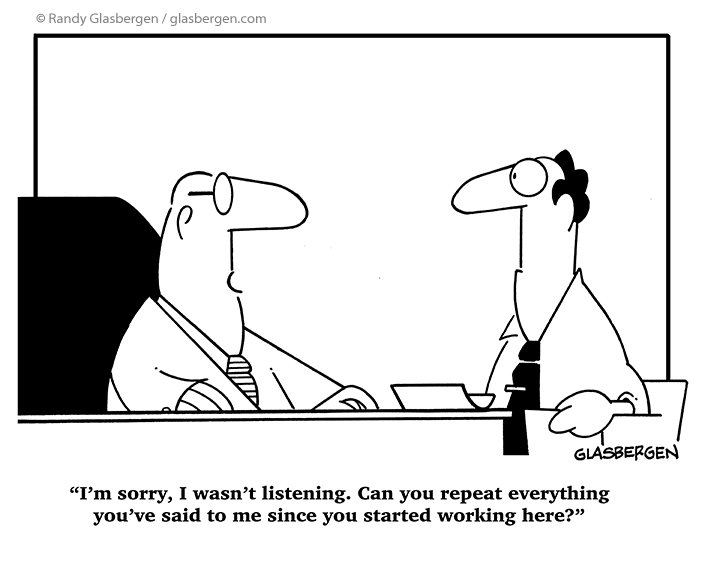Is Your Office Culture Too Cliquish?
You’ve heard it before: office friendships can make a big difference when it comes to employee happiness and engagement. But what happens when friendships turn into cliques?

On Ask a Manager, an HR blog/advice column, a reader writes about her experience with a former employee who didn’t seem to meet this manager’s understanding of a “culture fit”. The employee eventually left the department due to cultural problems and overall what she described as a very exclusive environment, including Snapchat silos, brewery trips, and inappropriate relationships. The manager blamed the employee’s lack of belonging on not being a good fit for the team, but it seemed that she was prioritizing social connections over professionalism and inclusivity. In fact, Ask a Manager posted an update just last week stating the manager had been fired for bullying (mocking the former employee on SnapChat) and not meeting the company code of conduct. Definitely a case of culture fit gone wrong.
We’ve explored this misunderstanding of “culture fit” before and came to the conclusion that HR should just remove those two words from their vocabulary. Too often and too easily we fall into the trap of hiring people who talk like us, think like us, and even dress like us. But what about diversity and inclusion? And how do we prevent “cliques” from happening… or should we?
Here’s what we’ve learned:
1. Friendships can, will, and should happen naturally. There was one thing this manager actually managed to do well and that was encourage friendships within the office. Embrace the natural connections that happen within the office as long as they are not occurring at the expense of other employees or crossing any lines.
2. Friendships are never mandatory. The biggest mistake this manager made was thinking that friendships were a necessary part of the office life. While friendliness is obligatory, friendship is not, and these are not the same thing. Some personalities prefer to come to work, do their job, and leave. Just like you wouldn’t force a friendship in other walks of life, don’t do it in the workplace.
3. Friendships, unfortunately, will exclude someone. We aren’t in third grade anymore where it’s mandatory to invite the entire class to attend your birthday party. Friendships, by nature, will exclude certain people. The important thing to note here is that you are considerate to those outside your circle by keeping inside jokes to a minimum and outside plans, well… outside. Your friendship can’t take priority over someone else’s feelings inside the workplace. Managers, pay attention to isolated employees. Make sure they’re choosing not to participate versus feeling excluded.
Are there other ways you can keep your culture from becoming “cliquey”?



















